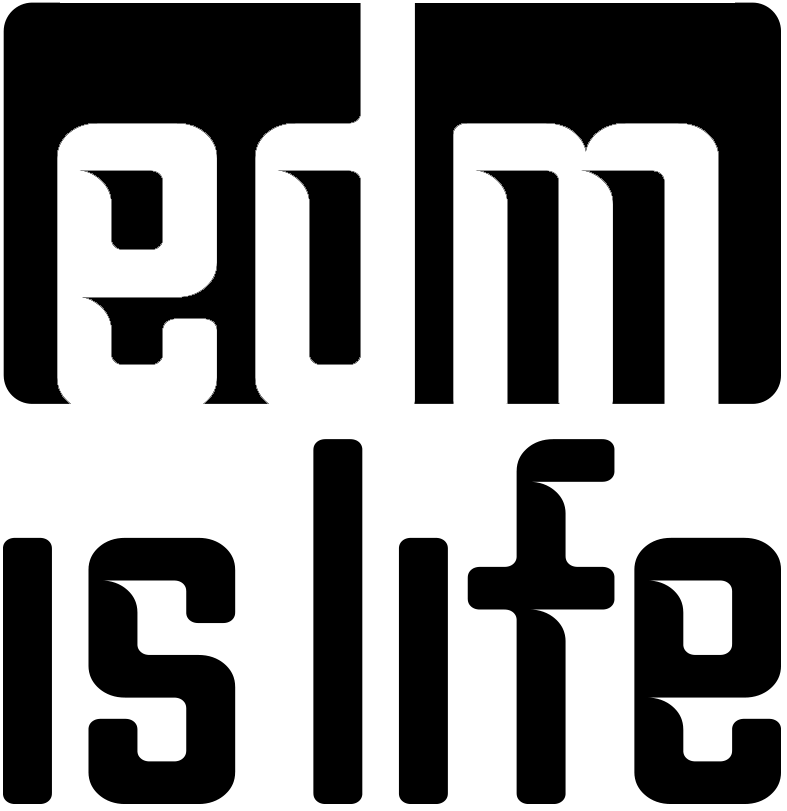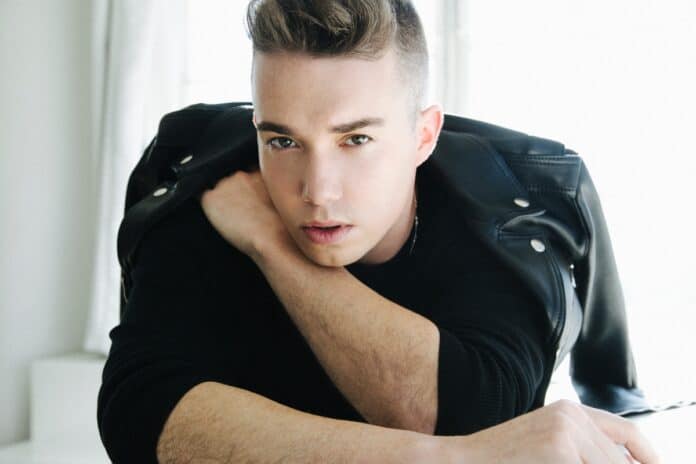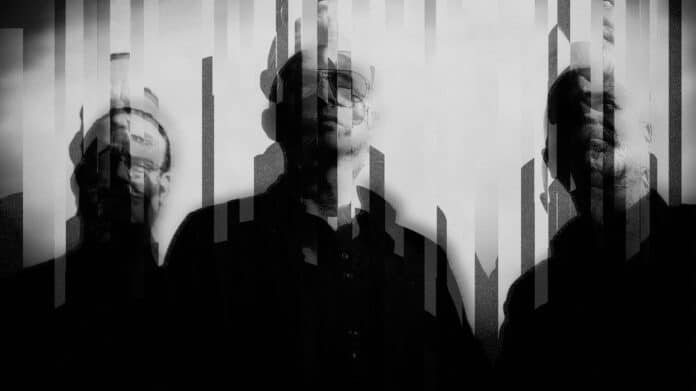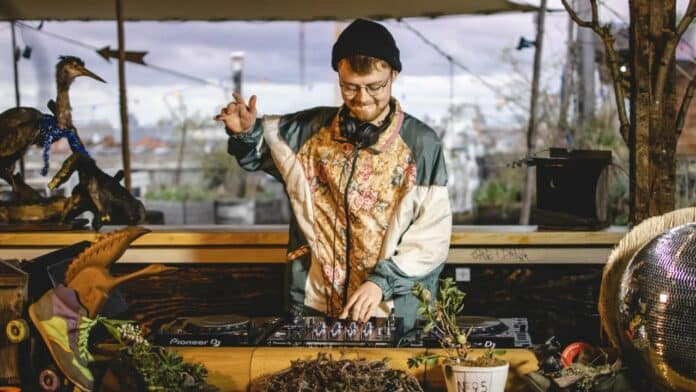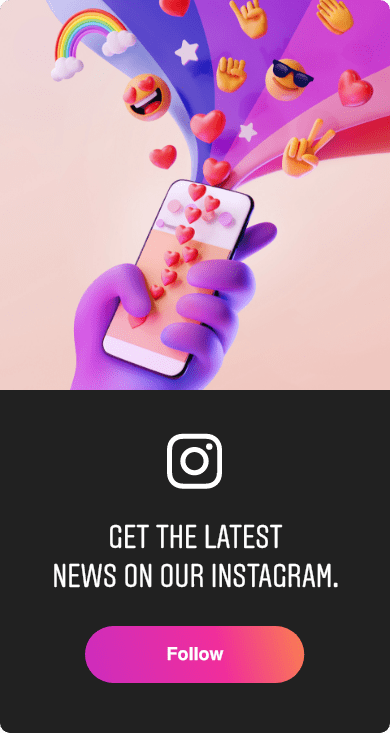
Sparks and Edgar Wright’s ‘The Sparks Brothers’: “This is the totality of who we are”
“Cinema has always been a part of us,” says Ron Mael, buttoned tight into a crisp white shirt even for an early morning press engagement with his laptop. “The idea of exploding, having something grandiose and colourful and dramatic is something that really had an effect on us.”
Sparks and movies: the unrequited love story that finally got its Hollywood ending. Ever since Ron Mael stared down the Top Of The Pops lens throughout ‘This Town Ain’t Big Enough For The Both Of Us’ in 1974 like a furious fallen dictator forced to play keyboards in a glam pop band for his crimes – allegedly inspiring John Lennon to call Ringo in amazement that “Marc Bolan is playing a song with Hitler” – Ron and his dandy younger brother Russell have been courting the camera, out to seduce the silver screen.
“We don’t follow the typical pattern of a lot of bands that have had documentaries”
The songs of this stunningly oddball drama-pop act often featured outlandish plots and scenarios, their sleeve art suggested a hidden dramatic narrative (the pair tied up on a speedboat on the cover of 1974’s ‘Propaganda’, or strewn amid the wreckage of a plane crash on 1975’s ‘Indiscreet’), and attempts to make their own movie were scuppered on several occasions. During their initial ‘70s rush of success, a project with French director Jacques Tati starring Sparks as television executives fell apart.
Then the band put their musical career on hold for six years in the early ‘90s to concentrate on an unrealised musical adaptation of manga comic Mai, The Psychic Girl, with Tim Burton planned to direct. When they re-emerged in 1994, they lived out their big-screen fantasies in the video for comeback single ‘When Do I Get To Sing “My Way”’, emulating 1940s film noir and casting themselves as golden age heartthrobs. “It always is in our mind somehow,” says Ron, “the filmic view of things.”
Finally, the resolving denouement. This month Sparks’ collaboration with experimental French director Leos Carax on a musical film called Annette, in which Adam Driver and Marion Cotillard play the parents of a baby destined to be haunted with an operatic singing voice, received a five-minute standing ovation on its premiere at Cannes. At the same time, the first-ever documentary about the band’s five-decade career, The Sparks Brothers, hits screens, a three-year labour of love by Baby Driver and Shaun Of The Dead director Edgar Wright. Wright was such an avid fan of the band that he’d spent years complaining to director friends that no-one had done a Sparks doc, “aggrieved on their behalf”, before realising that he’d just have to do it himself.
“It was pure pleasure,” Edgar grins down a separate zoom interview from the Maels. “I didn’t really have any plans to make a documentary or a music documentary but it came up organically.” Indeed, the path to The Sparks Brothers was life-long. Aged five, Edgar had seen Ron and Russell on Top Of The Pops enacting the first of many comebacks with 1979’s ‘The Number One Song In Heaven’, a track credited in the two-hours-twenty film – by members of Erasure and Duran Duran, no less – with inspiring new romanticism, ‘80s British electropop and the cult of the flamboyant singer/miserable keyboardist double act.
“Even watching them as a five-year-old, the main thing that I felt was ‘why are these people staring at me? Am I in trouble?’ Sandwiched between The Nolans and ABBA, Sparks are a really disconcerting proposition. You almost equate them with the Daleks on Doctor Who – ‘what is happening right now?’ You feel like you’re being hypnotised watching the TV. And then the pleasures of the records came after.”

Over the coming decades, Sparks seemed to invade Edgar’s life at irregular intervals, like opera-pop time travellers. In his teens he discovered their early ‘70s glam era, centred around 1974’s seminal ‘Kimono My House’; in the mid-‘90s he was blown away once again by their post-hiatus revival around ‘…’My Way’’. Intrigue turned to obsession. “I was dumbfounded by the fact that they just seemed to fly against the trajectory of every other band,” he says. “Other bands that had been going for so long, at a certain point they become dinosaurs, and that never happened to Sparks because they kept trying new things, sometimes things that seemed foolhardy.”
In 2015 he noticed that Sparks followed him on Twitter (“I felt like a dummy for not following them in the first place”) and slid fawningly into their DMs. “I said, ‘we should get lunch or something, right?’ 32 hours later I’m sitting in Russell’s garden opposite Ron and Russell.” A friendship developed and when Edgar suggested the film to the brothers on the ‘Hippopotamus’ album tour two years later – unaware that the band had turned down several directors before – two disparate but aligned orbits collided.
“I’d known them for a couple of years at that point,” says Edgar, “they like my films and we had a shared sensibility. The key thing is that I wanted to tell the whole story. I didn’t want to, like some other people, ossify them as a ‘70s band. It’s like the curse of Top Of The Pops 2, Sparks are not just a glam rock band, there’s more to it than that. And that’s the story that I wanted to tell.”
“Sandwiched between The Nolans and Abba, Sparks are a really disconcerting proposition”
“We were really flattered…to have a director on his level that we admired, wanting to invest however many years it would take to film and put together a documentary,” says Russell. Reassured by Wright that their career was “all one golden era” and that what they were doing now is “equally as vibrant and alive as any other period through Sparks’ history”, they agreed to the project.
“We had certain hesitations or fears at first,” Russell admits. “The typical music documentary always has the part about the tragic thing that happens or the addiction that happens that forces the music to reflect that new situation of the artist, as a result of that addiction or that tragedy in their life or whatever problem that happened. We don’t follow the typical pattern of a lot of bands that have had documentaries so we kinda half-joked to Edgar saying ‘is our story interesting even?’ He said, ‘Trust me, your story is interesting’.”
“One of the reasons that we resisted a documentary for so long, other than the directors didn’t seem like the right people, there was a sense that a documentary can be like an obituary,” Ron adds. “It’s like, ‘well, that’s the final statement and now we’re looking back’. But we have enough confidence now, partially because of the film projects and just our confidence in what we’re doing musically on Sparks albums, that we don’t feel that that looking back in a way that a documentary necessarily has to do is a killer thing to us moving forward and in the future.”

Between animated interludes and segments recorded in Tokyo, Mexico City and LA – where the brothers staged a silent movie surfing clip on Santa Monica beach – the talking heads sometimes leant surreal. The standard roll call of old bassists, producers and celebrity fans (New Order, Vince Clarke, Squeeze, Steve Jones from The Sex Pistols) is dotted with some fairly random big-name acolytes: Beck, Flea, author Neil Gaiman, Mike Myers. “I played a game with myself where I assumed people would be Sparks fans and four out of five times I was right,” says Edgar. “It speaks to the fact that their influence reaches beyond just other musicians. It makes sense to me that a lot of comedians would like Sparks because they’re one of the wittiest bands ever.”
Watching New Order’s Stephen Morris and Gillian Gilbert reveal that Joy Division were huge Sparks fans was a high point. “It was pretty astounding to us,” Russell says, still a little blown away, “them saying that they were only listening to two things at the time, Frank Sinatra’s greatest hits and Sparks’ ‘No. 1 In Heaven’ [album]. It was mind-blowing to hear that.”
Then again, the whole film is a head-spinner for Sparks, a buffeting carousel of breakthroughs and wilderness periods in which, spurred by relentless musical ambition but thwarted by fate and misfortune, they released 25 albums while going in and out of fashion like Rick Astley in a bucket hat. Tracing their story from their early years as childhood models and cinephiles in LA through their art and film student years at UCLA and their first forays into the late-‘60s counter-culture as Halfnelson, The Sparks Brothers alights on key moments in their disjointed career. Firstly the point where, unceremoniously ditching their LA band and moving to London in 1973 to indulge their Anglophile love of The Kinks, The Who and Syd Barrett amid London’s glam scene, they delivered their ‘Starman’ moment to a discombobulated audience of millions during their debut Top Of The Pops appearance.
“It had such a big impact, that first appearance,” Russell nods, “and then it delves into the thing of it almost not happening, when we were pulled from the show because we hadn’t had our work permits, being Americans, unbeknownst to the producers of Top Of The Pops. So even that was like, ‘Oh no, something good is gonna happen and then that gets derailed’. But it had a happy ending and shows the impact of that Top Of The Pops and what it represented, how Ron could make the most of close-ups of his face on television, where it really had an impact on a lot of people.”
“We don’t really have lives, especially outside of what we’re doing as Sparks”
Yet the documentary strives to credit every inch of Sparks’ broad influence. “Sparks had a weird trajectory whereby they never had a hit in the same territory at the same time,” Edgar explains. “They have fans from the mid-‘70s period in the UK, they had people like me, who come into it later with the late-‘70s stuff. They have a number of hit albums in America, but mostly on the west coast in the early ‘80s, none of which cracked the Top 40 in the UK at all. The song ‘When I’m With You’ from 1980 is a 600,000-selling single in France and Belgium but not the UK or the US. It’s really odd. If you spoke to a Sparks fan in the UK, they’d be like, ‘oh my God, ‘Kimono My House’, ‘No 1 In Heaven’, and you go to LA they go ‘oh my god, ‘Angst In My Pants’ [1982], what an album’. This is an attempt to connect the dots, really.”
Working and touring with the band for three years – while simultaneously writing and filming his next feature horror film Last Night In Soho – Edgar gained a unique insight behind the curtain of this enigmatic duo, the art-pop Gilbert & George who reportedly conduct the same routine in the same clothes every day. “The line between Ron and Russell and Sparks seems like it’s become permanently blurred,” he concludes, and came across other theories while making the film. “[Gilmore Girls director] Amy Sherman-Palladino said about them, ‘Sparks are always Sparks so that everything they do is tax deductible’.” It certainly seems to appear that the brothers have been subsumed by the characters they created for themselves, now living the roles of the Germanic cabaret dandy and the slapstick Great Dictator.
“In a sense,” Ron says. “It’s always hard to analyse playing parts or what is you and what’s not you and are you doing something on stage that’s a character. I don’t even know. So much of what we are is just Sparks, so that’s kinda who we are just because our attention is focused on what we do, almost exclusively. I guess they’re roles but then it’s hard to disconnect ourselves from our role. I think we’ve kinda moved into what those roles are and that is the reality of who we are at this point. We don’t really have lives especially outside of what we’re doing as Sparks. That’s kind of the totality of who we are, really.”

Is your presentation drawn from classic Chaplin with an added air of menace?
“Yeah, I think so. When we first started we were all such Anglophiles, so the British bands were what we were trying to emulate at the very beginning, and I looked at the rest of the people in the band and they were to varying degrees able to carry that off, and I was failing miserably at that. So I’ve always loved in particular Buster Keaton, so I went a different way just to try to find a role within the band that wasn’t embarrassing to the rest of the people. It was a surprise to me when I was getting as much attention as I was because it always seemed to me that I wasn’t doing enough. I’ve always had an admiration for that kind of stoic character like Buster Keaton, who was always my favourite of the silent comedians, where so much can be expressed in a minimal way.”
Following the premiere of Annette, Sparks’ cinematic ambitions are finally in full flow. They’re already working on a second musical film (Russell: “We’ve been sworn to secrecy. NDA signed and sealed”) alongside the 26th Sparks album, both testament to the documentary’s central message: that uncompromising dedication to your art wins through in the end.
“Sparks never became dinosaurs because they kept trying new things”
“It’s been out in America for a little bit and we’ve gotten a lot of really great feedback from young people, creative types, saying how much the film has been an inspiration to them,” says Russell, with no little pride. “That if you just stick to your vision and have blinders on and don’t worry about what other people are saying about what you’re doing creatively, it’s inspired them to keep on their creative paths too. It’s really great and inspiring for us to hear that people are being inspired by what we’ve done.”
“Their self-belief to keep pushing forward is really extraordinary,” says Edgar. “In showing this movie to other people in the arts or anybody with any ambition, they find that very powerful, the determination to push forward whether it’s a hit or whether it’s not, whether the public are into it or whether there’s total indifference. Being able to reinvent yourself and do that takes a lot of determination. With what’s happened this year with the opening night film at the Cannes Film Festival and them standing on the red carpet with Marion Cotillard and Adam Driver, it’s like ‘have you guys been carpet-ready for 50 years? It seems like you have’. It seems like they always imagined this ending.”
Curtain. Flowers. Encore.
